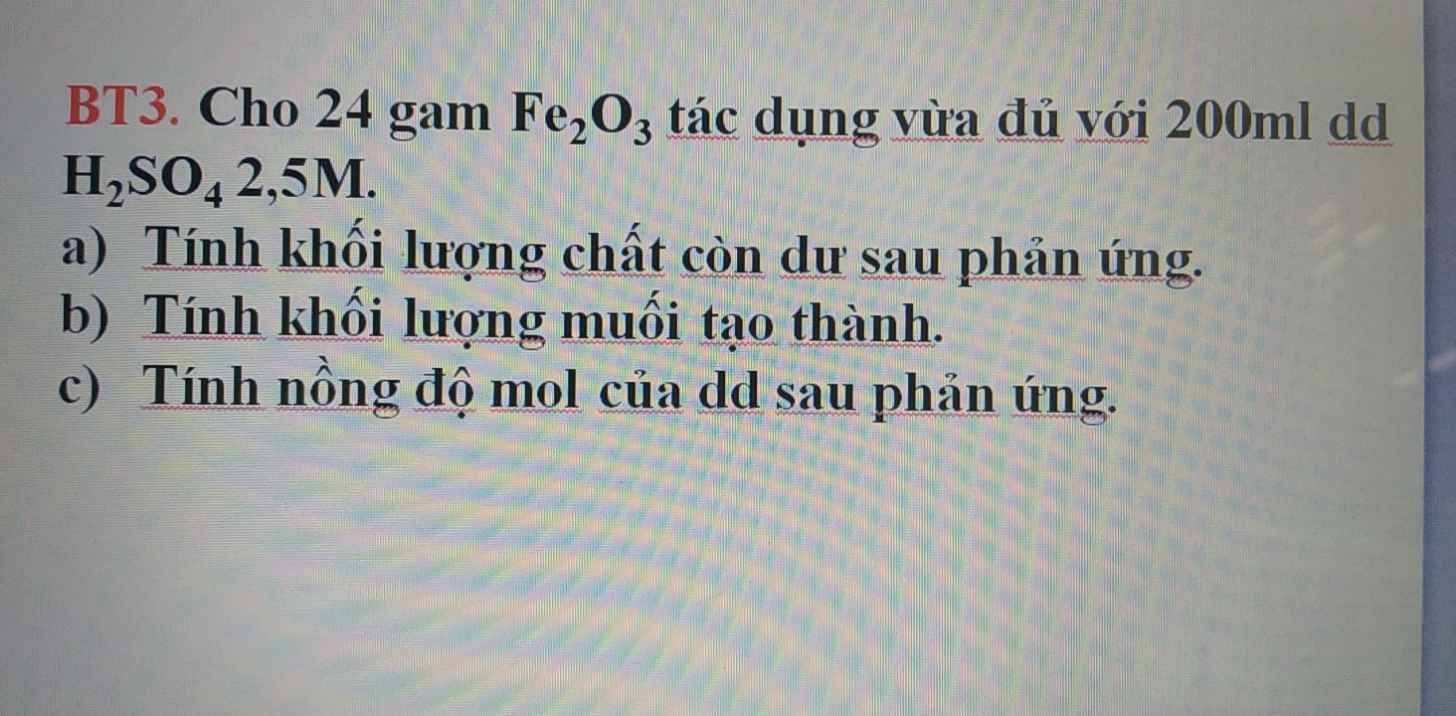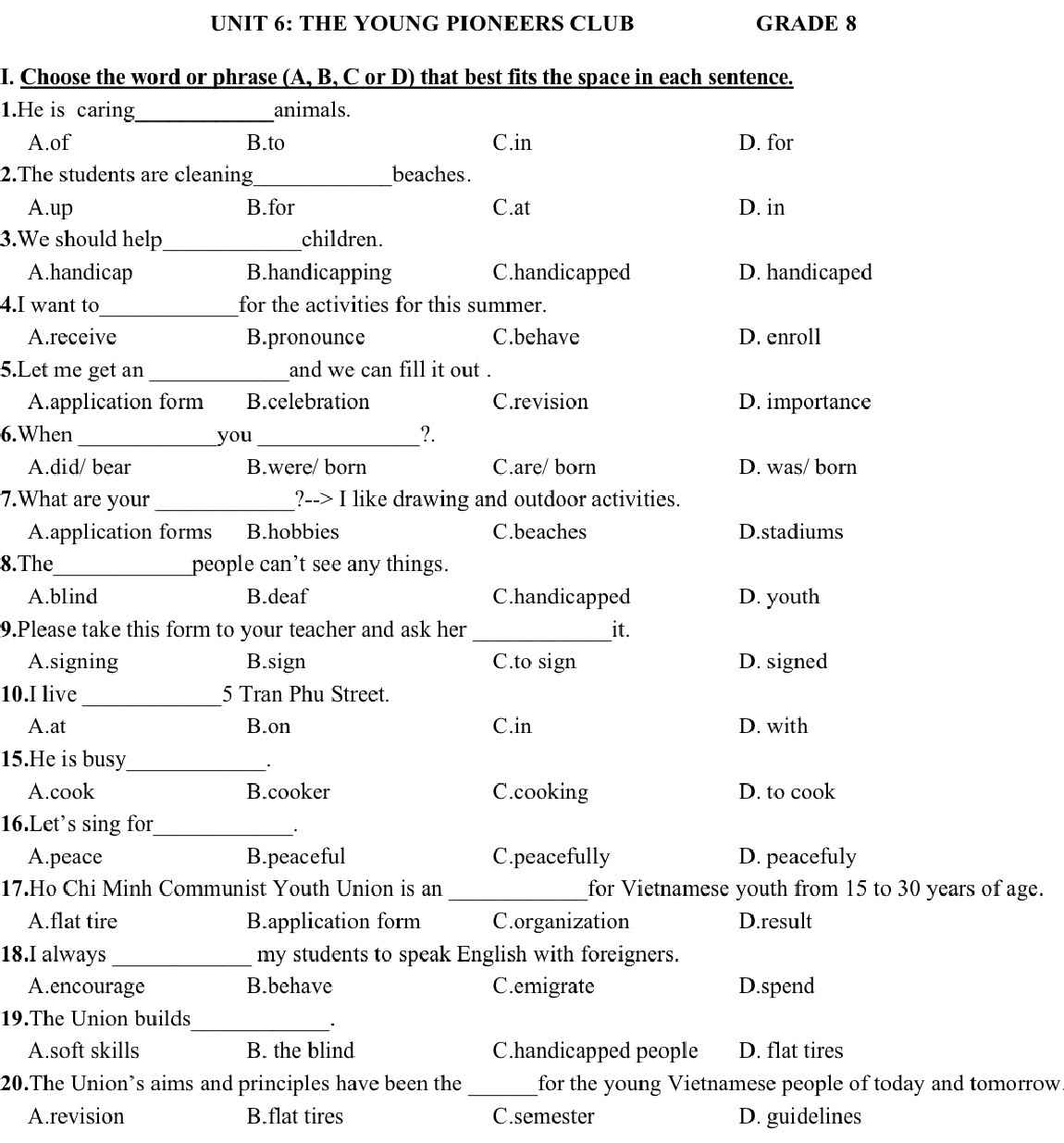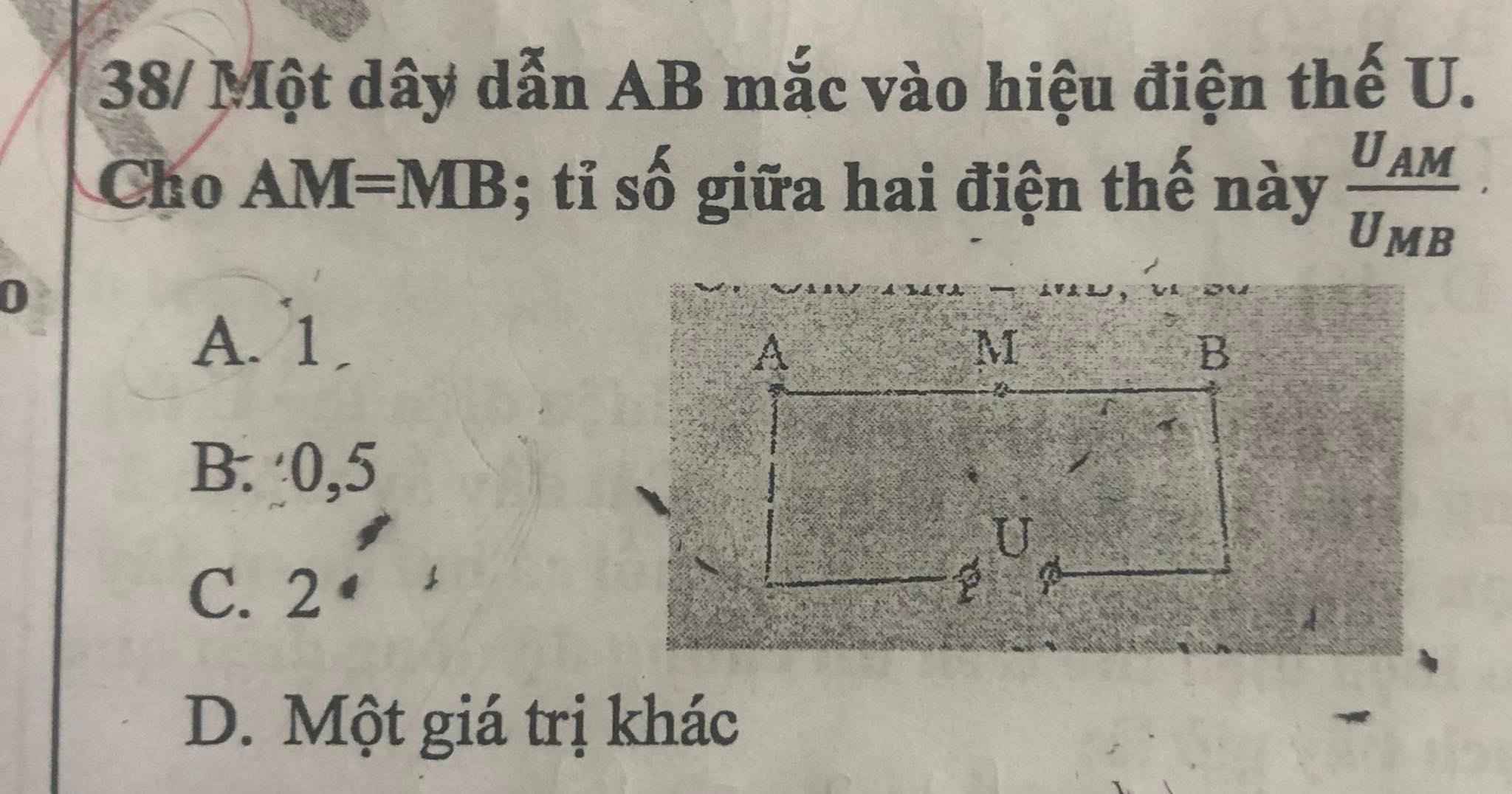M.n giúp mik với ạ cảm ơn nhiều ;-;
Hãy nhập câu hỏi của bạn vào đây, nếu là tài khoản VIP, bạn sẽ được ưu tiên trả lời.


Tham khảo!
There are many advantages and disadvantages of choosing to live in the country or to live in the city. But the advantages of living in the country definitely outweigh the advantages of living in the city.
In the city, public schools are often packed full of students resulting in larger class sizes and no real teacher student relationship. You would be lucky if your teacher could put a name to your face. Though, bigger schools in the city offer more courses for the student to take and also offer more extracurricular activities. Where in the country, public schools often do not have many students making class sizes significantly smaller resulting in a better teacher student relationship. Your teacher usually knows you by first and last name, and chances are, your teacher had a few of your family members as students. Though these things are advantages, school in rural areas generally do not offer as many courses and also do not have as many extracurricular activities to be involved in, limiting the students to fewer opportunities.
There are a lot of activities to do in the city. There are more movie theaters, concerts, professional sporting events, zoos, shopping malls, restaurants and museums. But the activities you can do in the country are a lot more fun. In the country, activities consist of, four wheeling, boating, horseback riding, camping, having bon fires, taking walks in the woods and having back yard barbeques.
Transportation is very accessible in the city. Public transportation, by way of subways, busses, trams and ferries are easy and cheap ways of getting around. But the streets are also very crowded. Whereas owning your own vehicle is a must if you live in the country. Which, when added to the cost of insurance, gas and the time of commuting, can end up being a very large expense. But, with the roads being less crowded, it is a much more peaceful way to travel.
Some may believe that you have to...

Tham khảo nha:
câu 2:
-vì sao việc sử dụng cần đi đôi với việc bảo vệ và cải tạo tài nguyên đất?
+Việc sử dụng cần đi đôi với việc bảo vệ và cải tạo tài nguyên đất vì đất sử dụng lâu sẽ bị thoái hóa, bạc màu, nghèo dinh dưỡng...
+Do đó, cần phải cải tạo đất để tăng độ phì nhiêu cho đất, nhằm khai thác tốt hơn tiềm năng của đất.
-hãy cho biết một số biện pháp để hạn chế tình trạng ô nhiễm nước sông và hồ
+Sử dụng tiết kiệm nước và tận dụng những nguồn nước tự nhiên như nước mưa; - Hướng đến nông nghiệp xanh, hạn chế thuốc trừ sâu, thuốc diệt cỏ;
+Tự giác nâng cao ý thức, trách nhiệm của bản thân trong việc bảo vệ nguồn nước sạch,...

Hi em, nhìn quả đề quen quá. Anh hỗ trợ rồi mà. Em có gì chưa hiểu bước nào thì hỏi lại nha em!

\(n_{Fe_2O_3}=\dfrac{24}{160}=0.15\left(mol\right)\)
\(Fe_2O_3+3H_2SO_4\rightarrow Fe_2\left(SO_4\right)_3+3H_2O\)
\(0.15.........0.45............0.15\)
\(C_{M_{H_2SO_4}}=\dfrac{0.45}{0.2}=2.25\left(M\right)\)
\(m_{Fe_2\left(SO_4\right)_3}=0.15\cdot400=60\left(g\right)\)
\(C_{M_{Fe_2\left(SO_4\right)_3}}=\dfrac{0.15}{0.2}=0.75\left(M\right)\)


\(a,m_{Fe_2O_3}=0,15.(56.2+16.3)=0,15.160=24\\ b,m_{MgO}=0,75.(24+16)=0,75.40=30\)

22/
Khi đoàn tàu đi qua cây cột điện thì nó đi được quãng đường bằng chiều dài đoàn tàu và mất 15 giây
Khi đoàn tàu đi qua một cây cầu thì nó đi được quãng đường bằng tổng chiều dài cây cầu với chiều dài đoàn tàu
Thời gian đoàn tầu đi được quãng đường bằng chiều dài cây cầu là
45-15=30 giây
Vận tốc đoàn tầu là
450:30=15 m/s
Chiều dài đoàn tàu là
15x15=225 m
23/
\(12s=\dfrac{1}{300}\) giờ; \(300m=\dfrac{300}{1000}=\dfrac{3}{10}km\)
Nếu coi ô tô đứng yên còn đoàn tàu chuyển động thì khi đoàn tàu vượt qua ô tô thì nó đi được quãng đường bằng tổng chiều dài đoàn tầu với khoảng cách của ô tô với đoàn tàu
Khi đó vân tốc của đoàn tàu là
60+42=102 km/h
Quãng đường đoàn tàu đi được là
\(102x\dfrac{1}{300}=\dfrac{17}{50}\) km
Chiều dài đoàn tầu là
\(\dfrac{17}{50}-\dfrac{3}{10}=\dfrac{1}{25}=0,04km=40m\)










a)
\(n_{Fe_2O_3}=\dfrac{24}{160}=0,15\left(mol\right)\\ n_{H_2SO_4}=0,2.2,5=0,5\left(mol\right)\\ PTHH:Fe_2O_3+3H_2SO_4\rightarrow Fe_2\left(SO_4\right)_3+3H_2O.\\ Vì:\dfrac{0,15}{1}< \dfrac{0,5}{3}\)
=> H2SO4 dư, Fe2O3 hết => Tính theo Fe2O3
Ta có:
\(n_{H_2SO_4\left(dư\right)}=0,5-\left(0,15.3\right)=0,05\left(mol\right)\\ \Rightarrow m_{H_2SO_4\left(dư\right)}=0,05.98=4,9\left(g\right)\)
b) \(n_{Fe_2\left(SO_4\right)_3}=n_{Fe_2O_3}=0,15\left(mol\right)\)
=> \(m_{Fe_2\left(SO_4\right)_3}=0,15.400=60\left(g\right)\)
c) \(V_{ddFe_2\left(SO_4\right)_3}=V_{ddH_2SO_4}=200\left(ml\right)=0,2\left(l\right)\)
Vậy: \(C_{MddFe_2\left(SO_4\right)_3}=\dfrac{0,15}{0,2}=0,75\left(M\right)\)
nFe2O3= 24/160 = 0,15 mol
nH2SO4 = 0,2.2,5= 0,5 mol
Fe2O3 + 3H2SO4 -> Fe2(SO4)3 + 3H2O
0,15 0,5
ta có 0,15/1 < 0,5/3
=> H2SO4 dư
Fe2O3 +3H2SO4 -> Fe2(SO4)3 +3H2O
0,15 0,45 0,15
nH2SO4 dư = 0,5-0,45=0,05mol
mH2SO4 dư = 05.98=4,9(g)
b, mFe2(SO4)3 = 0,15.400=60(g)
c, C(Fe2(SO4)3) = n/V = 0,15/ 0,2=0,75M
C(H2SO4) dư = n/V = 0,05/0,2= 0,25 M